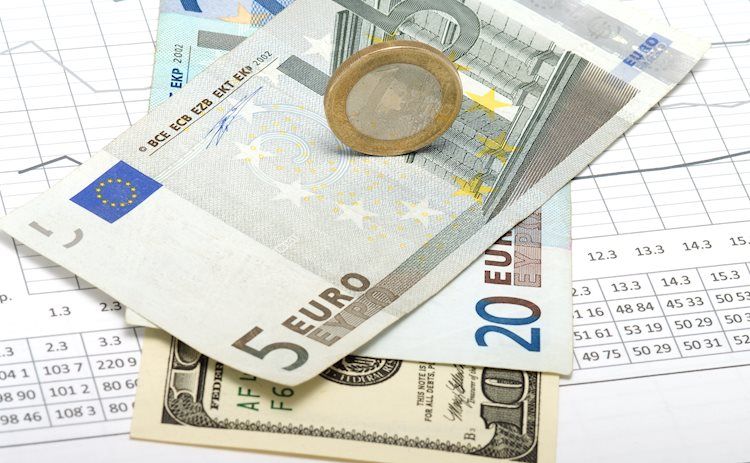The EUR/USD pair rose on Thursday, surpassing the 1.1100 level as investors sold off the US Dollar ahead of the highly anticipated release of the US Nonfarm Payrolls (NFP) jobs report on Friday. Market participants are eagerly awaiting the report to get further insights into the Federal Reserve’s potential rate cuts in September. The European economic data, specifically the EU Retail Sales report for July, missed expectations, providing little support for the Euro. YoY Retail Sales decreased by -0.1%, disappointing forecasts for a rebound to 0.1%.
Moreover, the recent ADP jobs report revealed that the US added only 99K jobs in August, lower than July’s figure of 111K and significantly below the expected 145K. This data sparked concerns of a potential recession in the US and increased risk aversion in the markets. The ADP report is considered a precursor to the US NFP report, which is scheduled for release on Friday. The NFP report for August is eagerly awaited by investors as it represents the last significant labor update before the Fed’s rate call on September 18, where a rate-cutting cycle is expected to kick off. The market is anticipating a NFP print of 160K compared to the previous month’s 114K.
Market expectations are currently leaning towards a 40% chance of a 50 bps rate cut by the Fed later in September, while the remaining 60% are forecasting a more modest 25 bps rate cut. Investors are closely monitoring the NFP report to gauge the depth of the Fed’s first rate cut since 2020. EUR/USD has been trading in a bullish territory, with bids supporting the currency pair despite challenges in pulling off a complete recovery. The pair is currently well above the 200-day Exponential Moving Average (EMA) at 1.0845.
The Euro serves as the currency for 20 European Union countries in the Eurozone and is the second-most traded currency in the world after the US Dollar. The European Central Bank (ECB) in Frankfurt, Germany, is responsible for managing monetary policy in the Eurozone with the primary goal of maintaining price stability. Economic indicators such as inflation data, GDP, and trade balance reports play a crucial role in influencing the value of the Euro.
High inflation rates in the Eurozone may prompt the ECB to raise interest rates, strengthening the Euro, while weak economic data could lead to a fall in the currency’s value. Strong economic data such as GDP growth, positive trade balance, and high consumer sentiment are favorable for the Euro. Specific economic indicators for the four largest Eurozone economies are closely scrutinized as they impact the overall health of the Eurozone economy.
In conclusion, the EUR/USD pair remains volatile as markets await the release of key economic data, including the US NFP report. The outcome of the report could provide further insights into the Federal Reserve’s rate cut decision in September. The Euro’s value is heavily influenced by economic indicators and ECB monetary policy decisions, making it crucial for investors to stay informed about the latest developments in the Eurozone and the US economy.


























